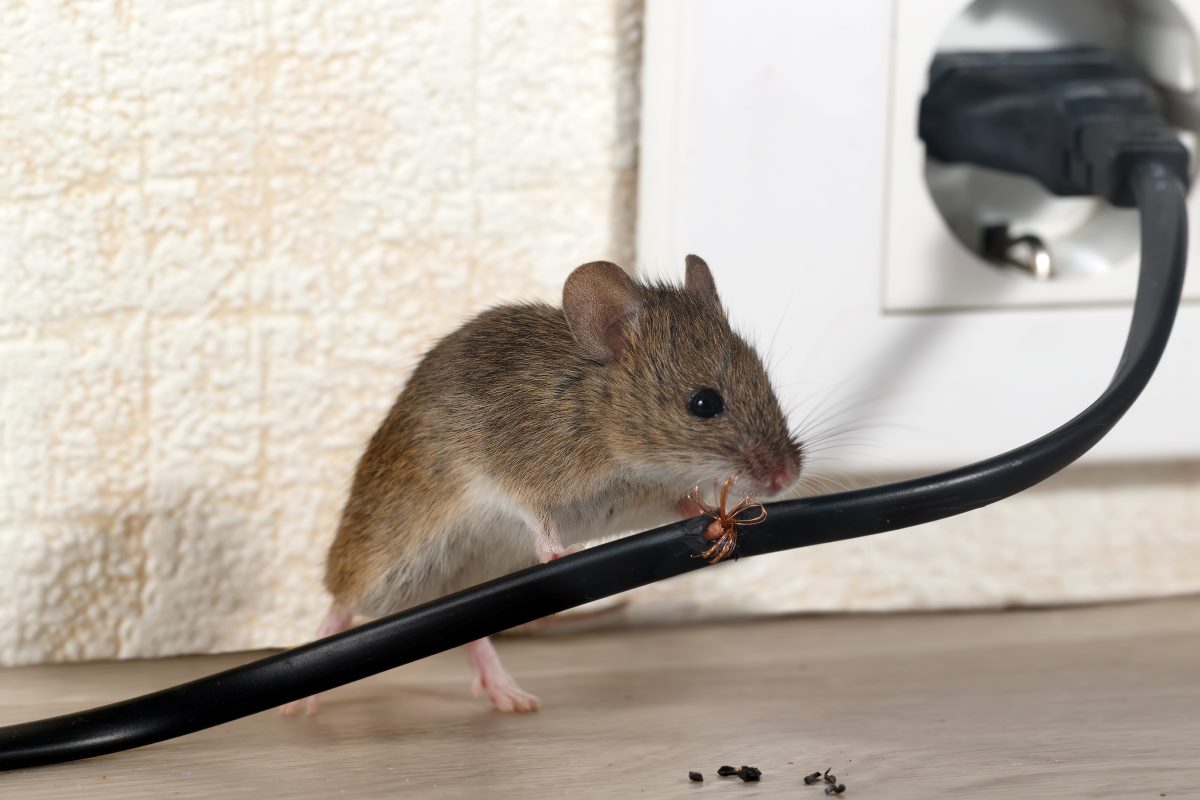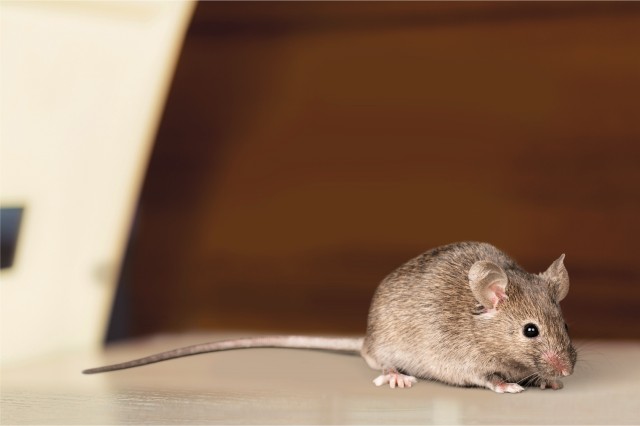Smart Trap Analytics for Facilities: Revolutionizing Pest Management
Share
In an era where technology drives progress, the integration of advanced solutions across various industries has become essential. One remarkable advancement is smart trap analytics for facilities, a transformative approach that is changing the way companies handle pest control. This innovative fusion of IoT (Internet of Things) and data analytics is a game-changer, offering facilities a more efficient, effective, and environmentally friendly strategy for pest management.

What Are Smart Trap Analytics?
Smart trap analytics refers to the use of intelligent traps fitted with sensors that connect to a centralized data system. These traps are created to gather information on pest activity, which is then relayed in real-time to an analytics platform. The system interprets this data, offering valuable insights on pest behavior, infestation levels, and vulnerable entry points, thus enabling proactive management techniques.
How Smart Trap Analytics Work
Smart traps are installed in strategic locations throughout a facility, particularly in areas that are prone to pest activity. Each device utilizes sensors that can detect motion, heat, or specific pest species. Once a pest is identified, the trap logs the occurrence and transmits the details to a cloud platform. Sophisticated algorithms then analyze this information, producing reports that showcase trends, hotspots, and actionable recommendations.
This continuous information flow empowers facility managers to make informed decisions, allowing them to act quickly to any emerging pest challenges before they escalate into major issues. For example, a notable increase in activity could trigger immediate pest control actions, helping to limit disruptions to operations.
Benefits of Implementing Smart Trap Analytics
1. Increased Efficiency
Smart traps significantly cut down on the need for manual inspections, saving both time and resources. With access to real-time data, pest management teams can direct their focus to areas needing urgent attention, streamlining their efforts and decreasing the overall time spent on pest control.
2. Cost Efficiencies
By initiating early detection of pest problems, smart trap analytics help in averting substantial damage and expensive repairs. This allows facilities to prioritize resources effectively, focusing on prevention rather than reaction. Additionally, the reduction in pests can lead to improved productivity and profitability.
3. Eco-Friendly Approach
Traditional pest control methods often rely heavily on chemical solutions, which can have detrimental environmental impacts. Smart trap analytics advocate for a more sustainable model by limiting chemical usage and concentrating on targeted measures. This eco-conscious tactic aligns with the increasing trend towards sustainability and corporate accountability.
Applications Across Various Sectors
The flexible nature of smart trap analytics makes it suitable across different industries. From food processing plants to warehouses, this technology is redefining how facilities approach pest control. In the food industry, where cleanliness and safety are crucial, smart traps ensure compliance with health regulations, adding an extra level of security.
In warehouse facilities, where large quantities of merchandise are stored, these traps play a critical role in maintaining inventory integrity by preventing pest damage. The technologys versatility allows it to be customized for the unique requirements of different sectors, thereby enhancing its effectiveness.
Challenges and Considerations
Although the benefits of smart trap analytics are substantial, there are also some challenges to consider. Initial setup costs may deter some facilities, though the long-term savings often make the investment worthwhile. Additionally, the dependence on technology necessitates strong cybersecurity measures to safeguard sensitive data.
Moreover, staff training is essential to maximize the systems potential. Facility managers and pest control teams need to be well-versed in data interpretation and applying the insights generated by the analytics platform.
The Future of Smart Trap Analytics
The outlook for smart trap analytics for facilities is bright, with ongoing technological advancements promising even more refined solutions. Innovations like AI-driven predictive analytics and machine learning are expected to increase the precision and effectiveness of pest management systems.
As more facilities begin to understand the advantages of integrating technology into their pest control strategies, the demand for smart trap analytics is predicted to rise. This trend not only signifies a shift towards smarter and more sustainable practices but also emphasizes the need to stay ahead in an ever-changing digital landscape.
Conclusion
In summary, smart trap analytics for facilities symbolize a major advancement in pest management, providing businesses with an intelligent, efficient means of addressing pest challenges. By leveraging the power of data and technology, organizations can streamline operations, cut expenses, and support a more sustainable future. The rising adoption of this innovative approach indicates that smart trap analytics are destined to be a key component of modern facility management.

FAQ Section
What are smart traps?
Smart traps are devices equipped with sensors to detect and capture data on pest activity, which is then analyzed to provide insights for pest management.
How do smart trap analytics benefit facilities?
Smart trap analytics enhance efficiency, reduce costs, and promote environmental sustainability by providing real-time data and targeted pest control strategies.
Are there any challenges to implementing smart trap analytics?
Challenges include initial setup costs, the necessity for cybersecurity measures, and training staff to effectively utilize the system's capabilities.
This article contains affiliate links. We may earn a commission at no extra cost to you.
